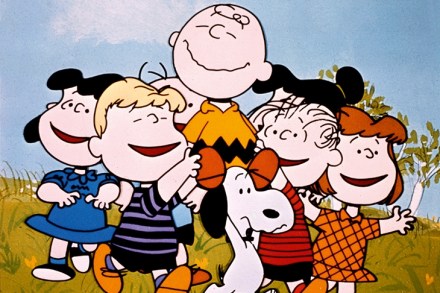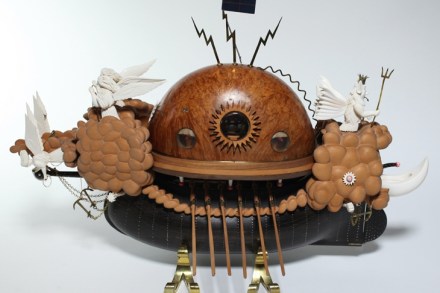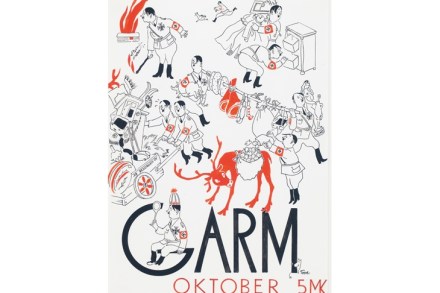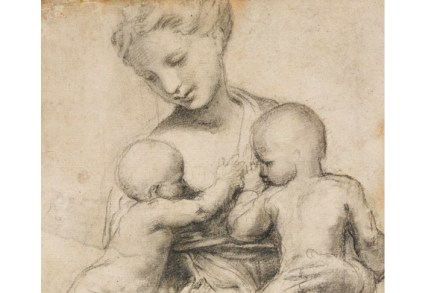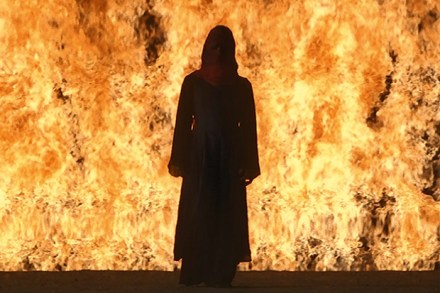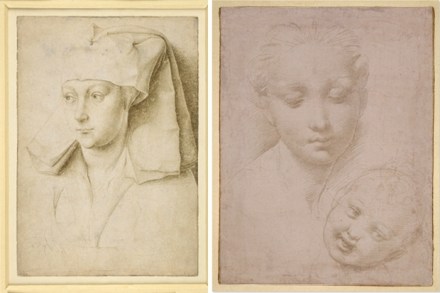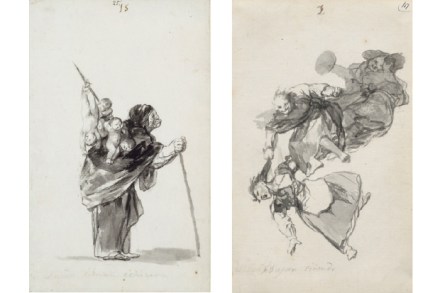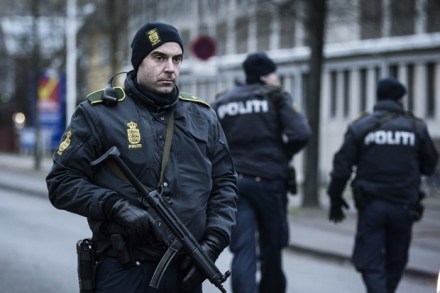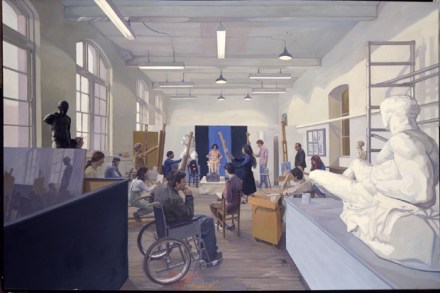Comic genius
For the hundredth, possibly the thousandth, time, Lucy van Pelt offers to hold the football for Charlie Brown so he can kick it. She cajoles him with the innocence of her eyes. He falls for it; he falls for it every time. Lucy, as she always does, whips the ball away. Charlie loops into the air and crashes to the ground. ‘What you have learned here today, Charlie Brown,’ she explains, ‘will be of immeasurable value to you for many years to come.’ Lucy is a cynic, a sadist, a huckster, a realist. Nevertheless, she would be right but for the fact that nothing is ever of ‘immeasurable value’ to
